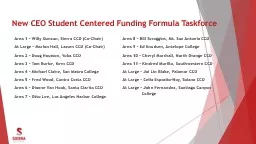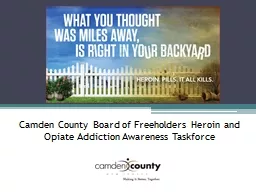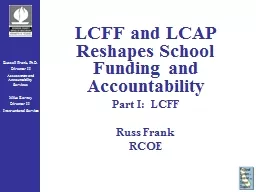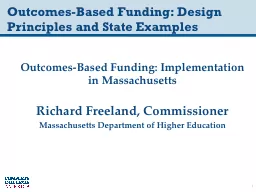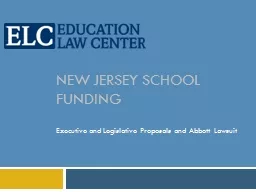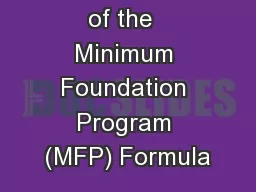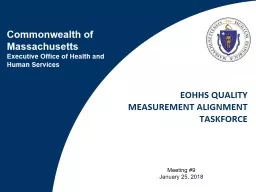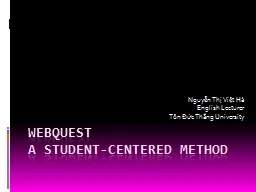PPT-New CEO Student Centered Funding Formula Taskforce
Author : lois-ondreau | Published Date : 2019-11-21
New CEO Student Centered Funding Formula Taskforce Area 1 Willy Duncan Sierra CCD CoChair At Large Marlon Hall Lassen CCD CoChair Area 2 Doug Houston Yuba CCD
Presentation Embed Code
Download Presentation
Download Presentation The PPT/PDF document "New CEO Student Centered Funding Formula..." is the property of its rightful owner. Permission is granted to download and print the materials on this website for personal, non-commercial use only, and to display it on your personal computer provided you do not modify the materials and that you retain all copyright notices contained in the materials. By downloading content from our website, you accept the terms of this agreement.
New CEO Student Centered Funding Formula Taskforce: Transcript
Download Rules Of Document
"New CEO Student Centered Funding Formula Taskforce"The content belongs to its owner. You may download and print it for personal use, without modification, and keep all copyright notices. By downloading, you agree to these terms.
Related Documents

